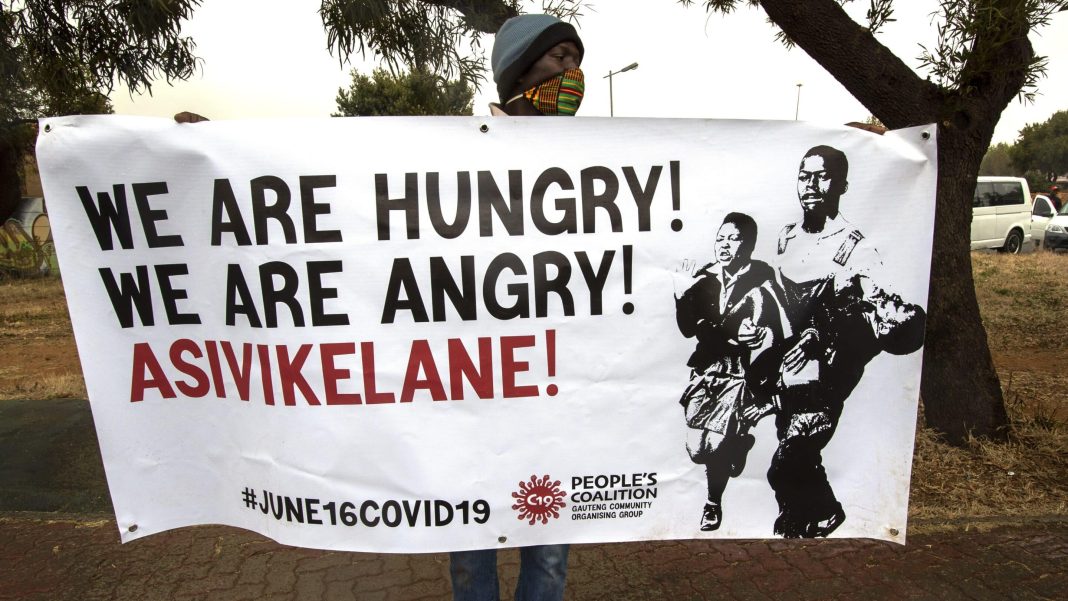 As colleges across the United States face budget challenges, program cuts have become a common occurrence. One such school is St. Cloud State University in Minnesota. This decision has left students like Christina Westman, who had dreams of becoming a music therapist, in a state of anxiety and uncertainty. Westman had chosen St. Cloud State specifically for its music program, but now finds herself having to transfer to Augsburg University in Minneapolis to pursue her major. The elimination of the music department not only means job losses but also creates turmoil for students who had chosen the college for specific degree programs.
As colleges across the United States face budget challenges, program cuts have become a common occurrence. One such school is St. Cloud State University in Minnesota. This decision has left students like Christina Westman, who had dreams of becoming a music therapist, in a state of anxiety and uncertainty. Westman had chosen St. Cloud State specifically for its music program, but now finds herself having to transfer to Augsburg University in Minneapolis to pursue her major. The elimination of the music department not only means job losses but also creates turmoil for students who had chosen the college for specific degree programs.
The decline in college enrollment, coupled with rising operational costs and the reduced number of high school graduates heading straight to college, has put many institutions in a difficult financial position. The pandemic further exacerbated the situation, and while community college enrollment has begun to rebound, four-year colleges continue to face challenges. The shrinking pool of young adults due to declining birth rates during the Great Recession presents a difficult math problem for colleges. Additionally, the federal government’s chaotic overhaul of its financial aid application has left millions of students unsure of where they will be attending college and how they will pay for it.
It’s no surprise that many colleges, like St. Cloud State, have already tapped into their budget reserves. St. Cloud State saw its enrollment decline from around 18,300 students in fall 2020 to about 10,000 students in fall 2023. The reduced number of students combined with excessive spending led to a budget shortfall of $32 million over two years, necessitating significant cuts. While some colleges have resorted to closing their doors, others have chosen to eliminate specific degree programs. This trend can be seen in colleges across the country, from Alabama to New York, as they struggle with low enrollment and budget woes.
The impact of these program cuts extends beyond just the financial aspect. Students in smaller programs, particularly in the humanities, are heavily affected. The humanities now graduate a smaller share of students compared to 15 years ago. Bryan Alexander, a senior scholar at Georgetown University, describes the situation as a “humanitarian disaster” for faculty, staff, and students involved. The question arises as to whether colleges and universities can truly achieve sustainability by continually cutting programs.
For Terry Vermillion, a retired music professor at St. Cloud State, the program cuts are disheartening. He emphasizes the detrimental effects of the pandemic on music programs, with online teaching being ineffective for many. Just as the programs were starting to rebound, the cuts came into play. Students like Lilly Rhodes, a music major at St. Cloud State, fear the consequences of the phased-out program. Without new students being admitted to the department, ensembles struggle to stay afloat, and professors are forced to seek new employment opportunities.
The situation faced by St. Cloud State and other colleges highlights the challenges and tough decisions that higher education institutions must make. As colleges review their degree offerings, the impact on students and the future of certain programs remains uncertain. The hope is that colleges can find a balance between financial sustainability and maintaining a diverse range of academic programs that cater to the interests and aspirations of students.


